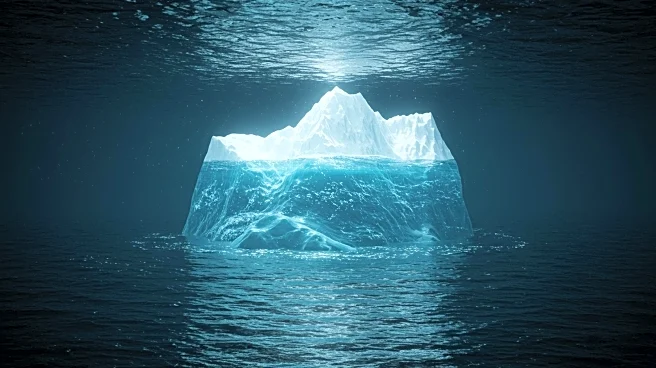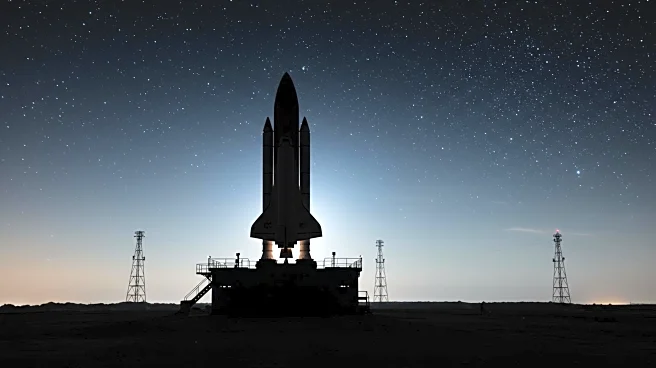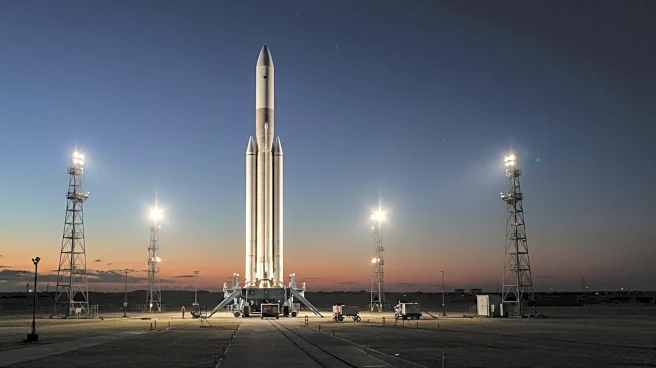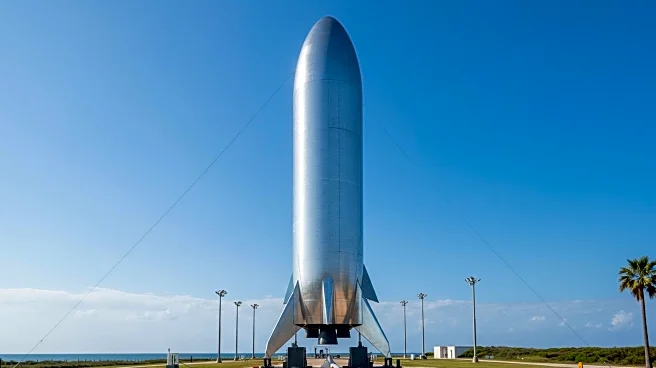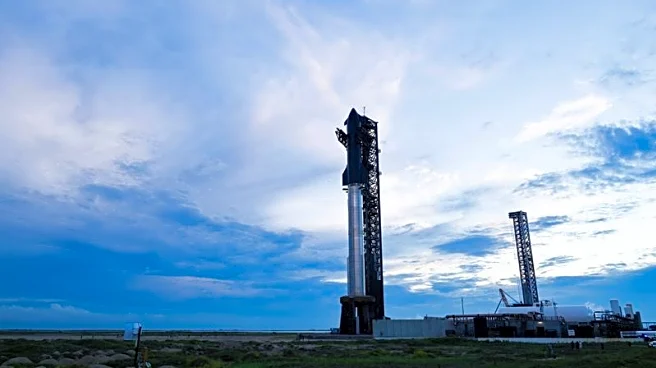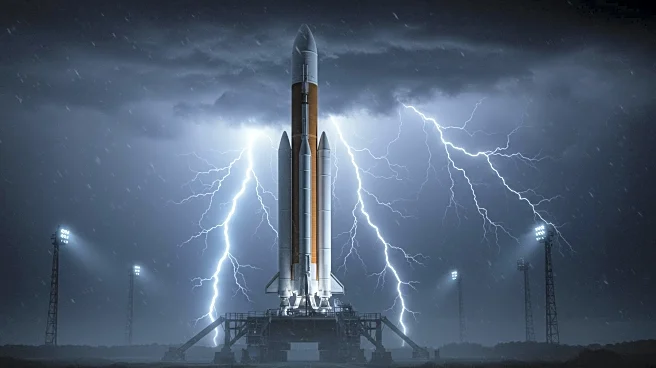What is the story about?
What's Happening?
A team of researchers, utilizing NASA's supercomputers, has investigated the effects of Greenland's Sermeq Kujalleq glacier melt on nearby marine ecosystems. The study, published in Communications Earth & Environment, reveals that meltwater from glaciers creates plumes that bring nutrient-rich deep water to the surface, promoting phytoplankton growth. This process, while beneficial for certain marine species, is complex and influenced by rising global temperatures. The study highlights the potential for increased glacial melt and runoff, which could lead to more significant phytoplankton blooms and impact marine ecosystems.
Why It's Important?
The findings underscore the broader implications of climate change on marine ecosystems, particularly in polar regions. As global temperatures rise, the accelerated melting of ice sheets contributes to rising sea levels and alters marine food webs. The study's methodology offers a blueprint for assessing similar impacts in other regions, potentially aiding in the prediction and management of climate-related changes. This research is crucial for understanding how ecosystems adapt to environmental shifts and for developing strategies to mitigate adverse effects.
What's Next?
The research team plans to apply their simulation tools to other regions, such as the Texas Gulf and Alaska, to assess the impact of climate change on different marine ecosystems. Continued measurements of nutrient availability and other biogeochemical factors are necessary to refine model predictions and better understand ecosystem changes. The study's approach could inform future climate policy and conservation efforts aimed at preserving marine biodiversity.
AI Generated Content
Do you find this article useful?
